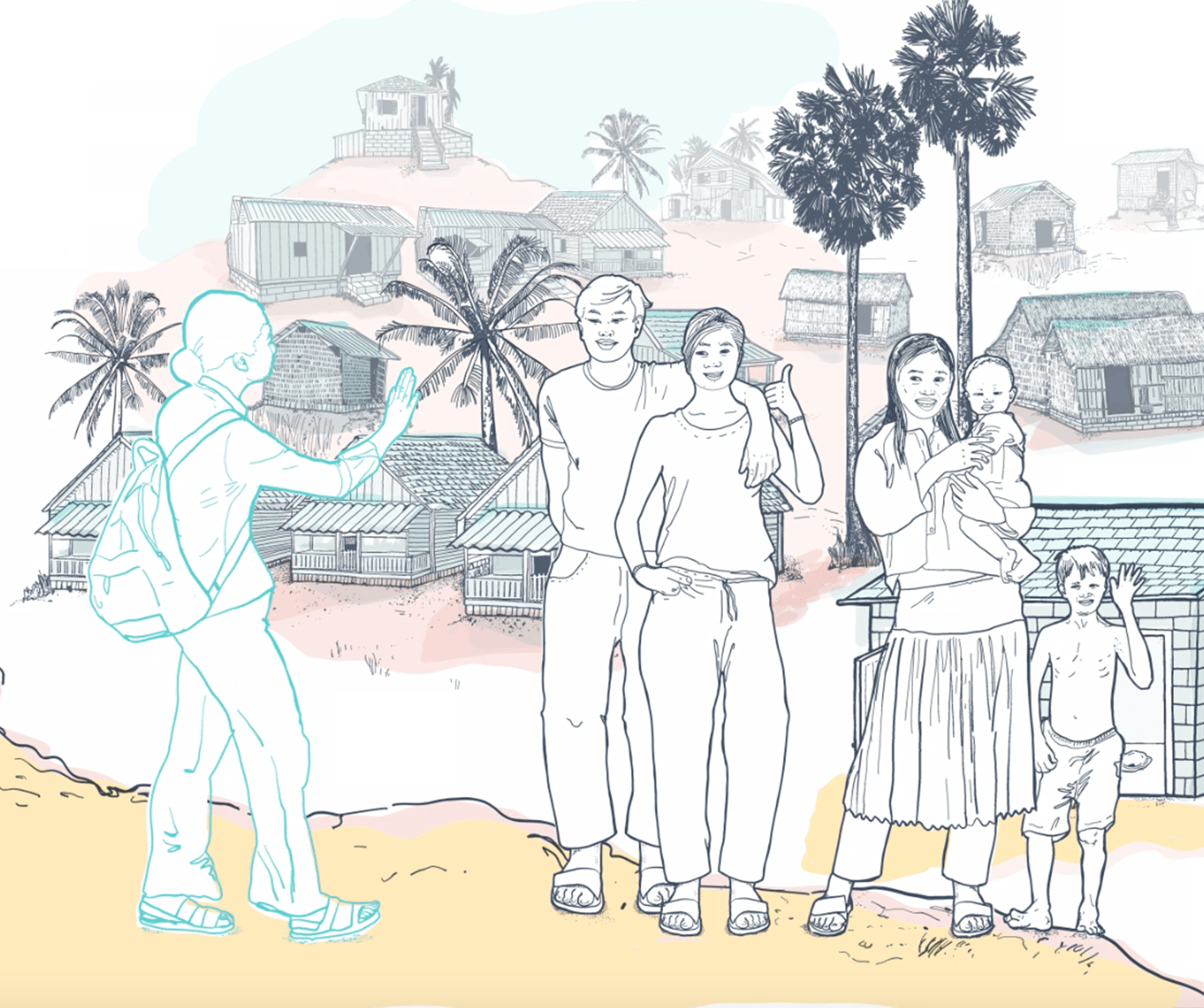Overall, there is uncertainty about the criteria to distinguish between unacceptable and acceptable quality of SSF. In their study, the authors used a user-centred qualitative approach in low-income urban settlements in Kumasi (Ghana), Kisumu (Kenya) and Dhaka (Bangladesh) and conducted 17 focus group discussions to evaluate how SSF users define the quality of an SSF and which aspects they consider as essential priorities for good-quality SSF.
In descending order, the user priorities identified are: immediate water access, cleanliness, gender-separated toilets, flush toilets, lighting for use at night, lockable/functional doors, tiling, handwashing stations and privacy.
This list can serve as input to the sanitation guidelines, local building codes and the establishment of minimum national sanitation standards. SSFs that meet these minimal criteria can then be promoted as an incremental step when individual household facilities are not feasible.






